




Introduction to Who Invented Clock and Watch
Have you noticed the pattern of the days and seasons? Have you ever wondered who came up with the idea of time? When was the clock invented? Who invented the clock and in which year? Since ancient times different instruments have been used to measure time. Have you ever seen the ‘ Ghanta Ghar chowk’ of any old city like Delhi, Jaipur, or Hyderabad? You must have noticed that the common thing in these places is big clocks that were used in the colonial period for measuring time. Now, you can measure time on your smartphones, and smartwatch.
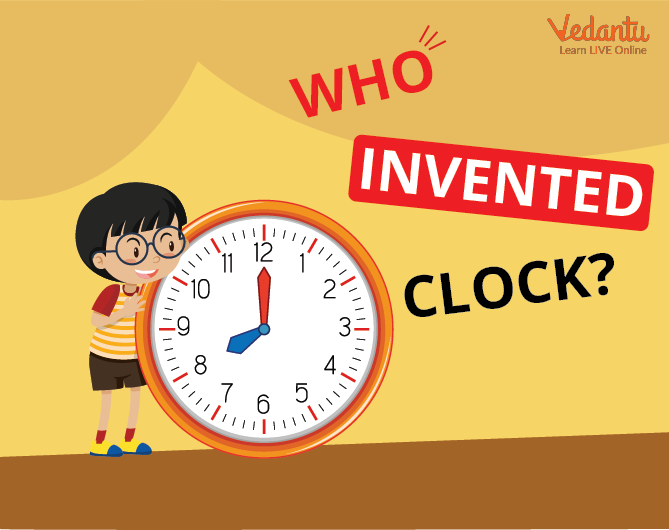
Clock
What is a Clock?
A clock normally displayed in a room or connected to a wall displays the time. You can see clocks of different sizes around you.
Let's see the interesting journey of the instruments that are used in measuring time.
In this article, who invented clocks, who discovered clocks is discussed.
Different Types of Time Measuring Instruments
Let’s go to the ancient time and see the different kinds of instruments used for measuring time:
Obelisks
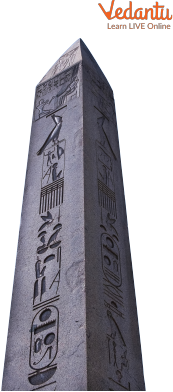
Obelisks
See the picture; this long square-shaped tower with an end like a pyramid is Obelisk. These were first used in Egypt in 3500 BCE. With respect to the position of the sun, the shadow gives time.
Sundials
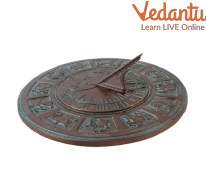
Sundial
Sundials were made up of a dial, and a stick positioned at a specific angle. The stick on the clock that denoted the time of day at any given moment cast a shadow in the sunshine. Sundials and Obelisks work only in the presence of sunlight.
Water Clock
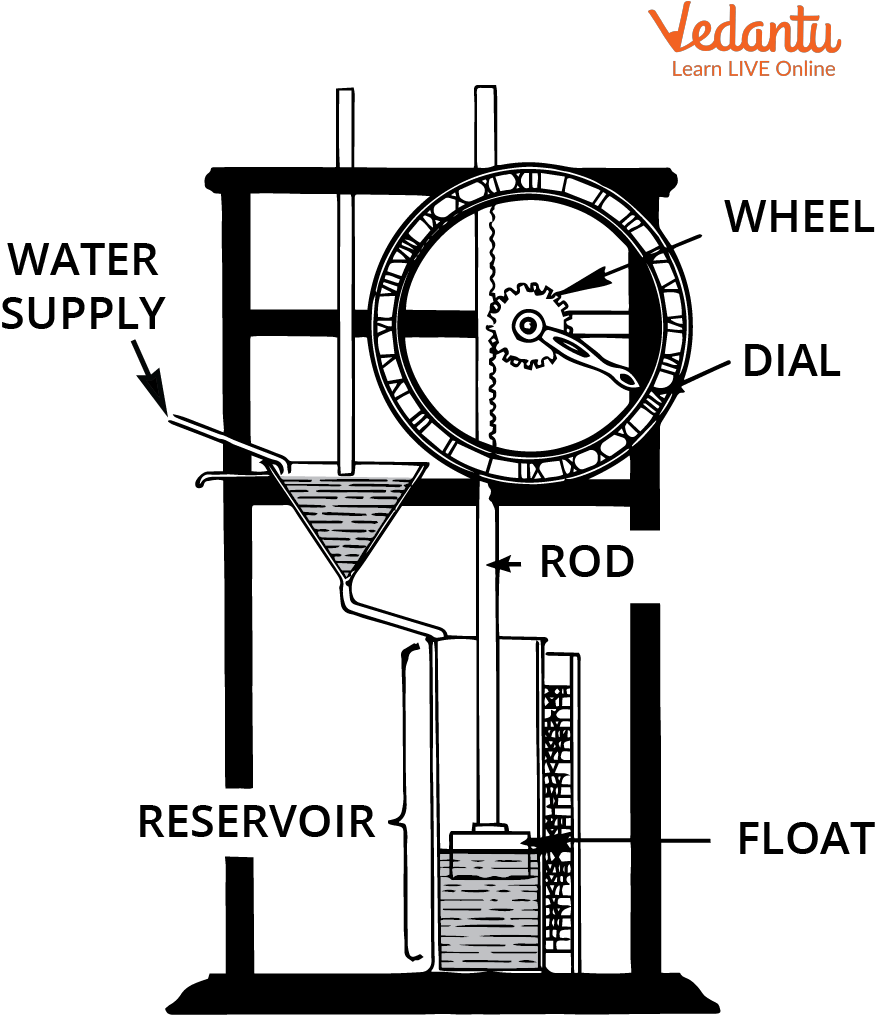
Water Clock
The Greeks used water-based technology to create a clock that was completely powered by water around 250 BCE. The advantage of the water clock was that it could show time 24 hours a day, seven days a week.
Graduate Candle Clock
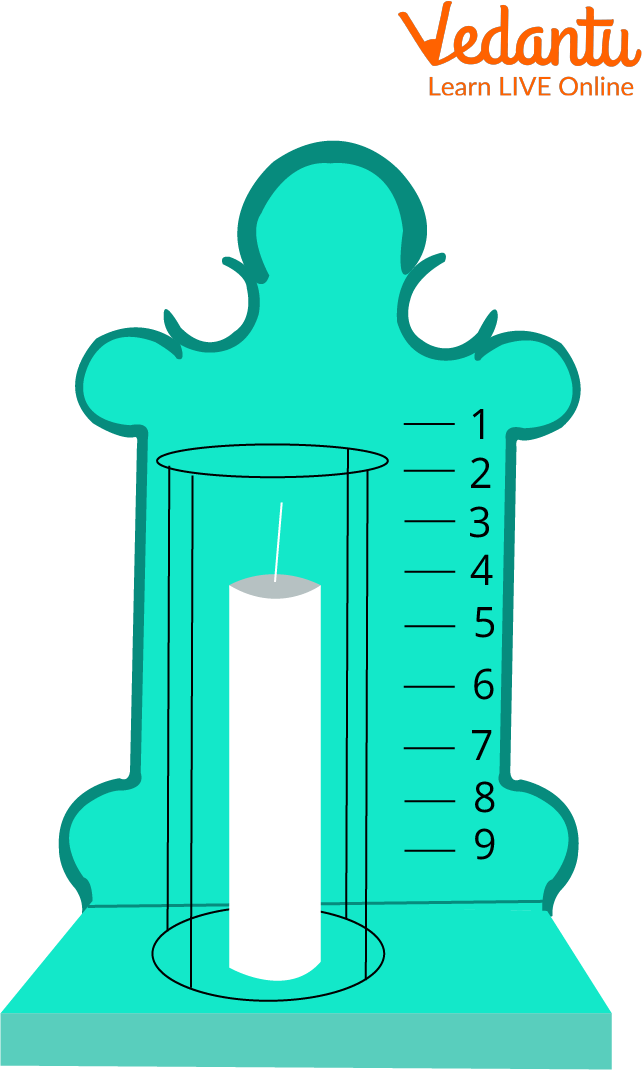
Graduate Candle Clock
Placing a big nail into a candle clock at the correct intervals might be transformed into a timer. As a result, when the candle burned down to that point, the nail clattered down onto a metal plate at the candle's base, signifying the end of the time interval.
You can make these candles on your own at home, do try to make one.
Hourglass
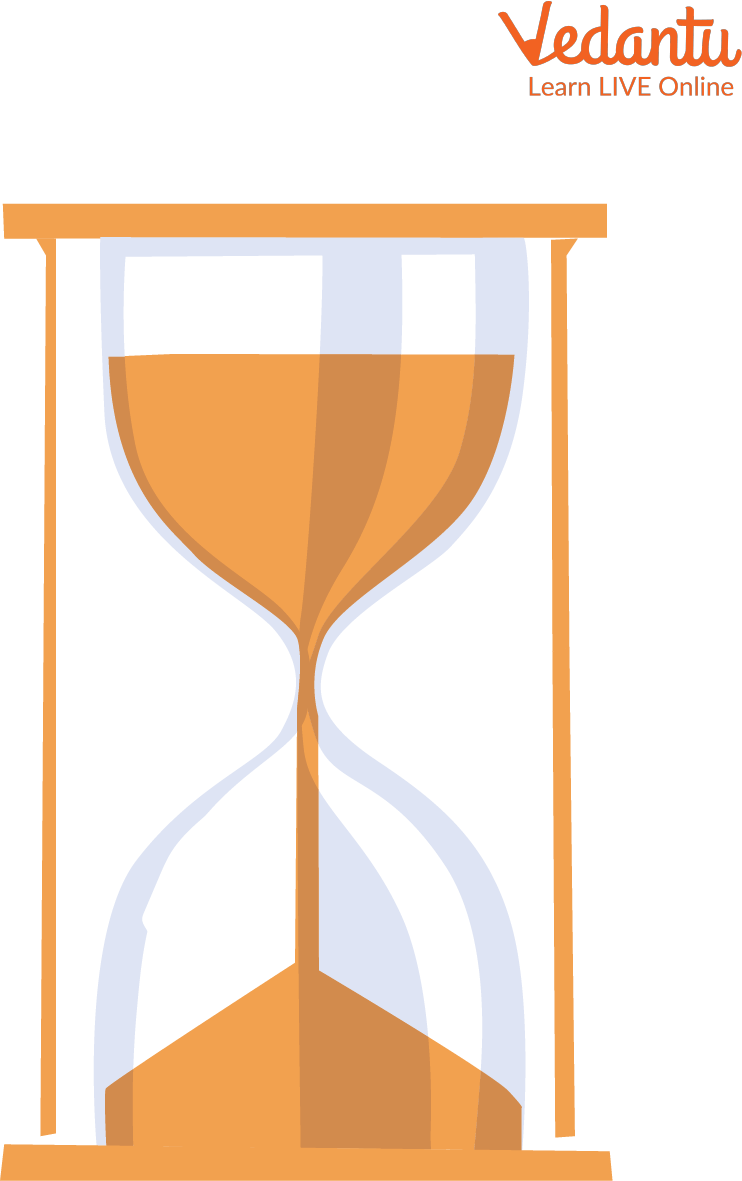
Hourglass
An hourglass was an early instrument for measuring time intervals. These are also known as sandglass or log glass. It comprises two pear-shaped glass bulbs that are joined at their apexes and have a little passage between them. The bulbs contain a quantity of sand (or, on rare occasions, mercury).
These were the clocks used in ancient times. Let’s see the clocks that were used in Mediaeval times.
Western historians refer to the period as "mediaeval times," but they also refer to it as "the Dark Ages." Because of their circumstances, their perception prevailed across Europe at the time. However, the equivalent Muslim areas prospered during that period.
In their time-keeping devices, they used flowing water. In this context, some well-known names who invented clocks include:
1. The Castle Clock of Al-Jazairi (12th century)
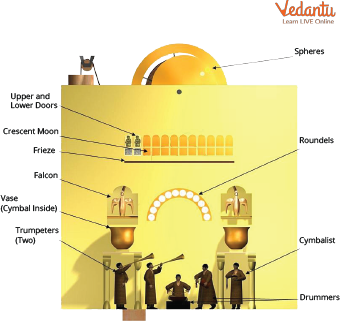
The Castle Clock of Al-Jazairi
2. Ridhwan al-Sa'ati is noted for building a clock for Damascus' mosque.
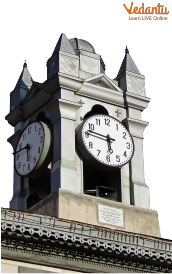
Clock on Damascus' Mosque
3. Al-Kaysarani created the first clock of its sort, known as the striking clock, in about 1154.
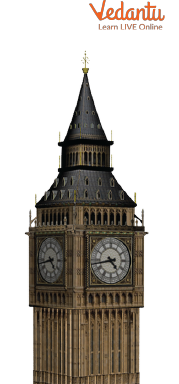
Striking Clock
Now, let's learn about modern instruments.
Mechanical Clocks
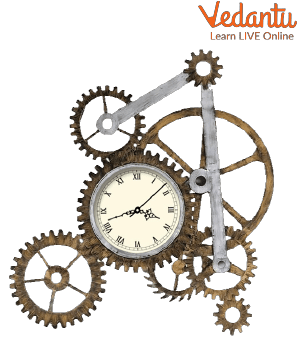
Mechanical Clock
Levi Hutchins, an American inventor, was the first to build a mechanical clock in 1787. In 1878, a region's Standard Time was established. Later, mechanical devices incorporating spiral (round) springs were used to create wristwatches and timepieces on tables and sideboards.
Pendulum Clock
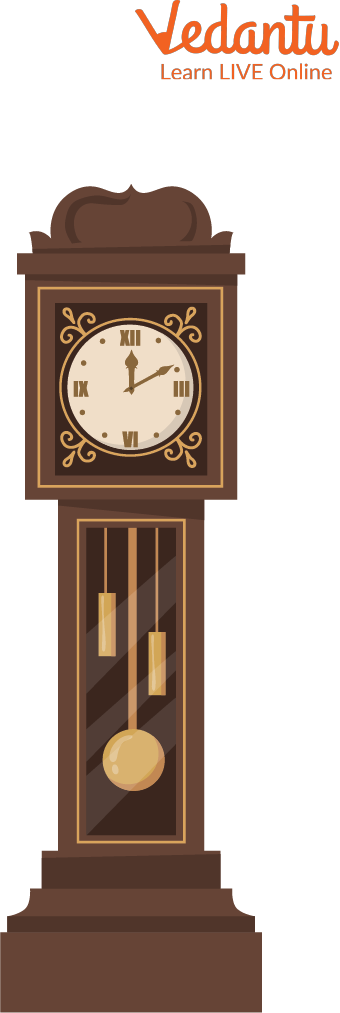
Pendulum Clock
A pendulum clock keeps time using a swinging weight called a pendulum. To work, pendulum clocks needed to be level and motionless. Any motion or acceleration will impact the pendulum's motion, causing it to lose or gain speed and beat.
Wrist Watches
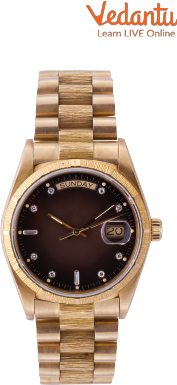
Wristwatch
The concept evolved from public clock towers to individual and personal time-keeping devices over time. Wristwatches used to be powered by circular springs that had to be wound once every 24 hours.
Digital Clocks or Watches
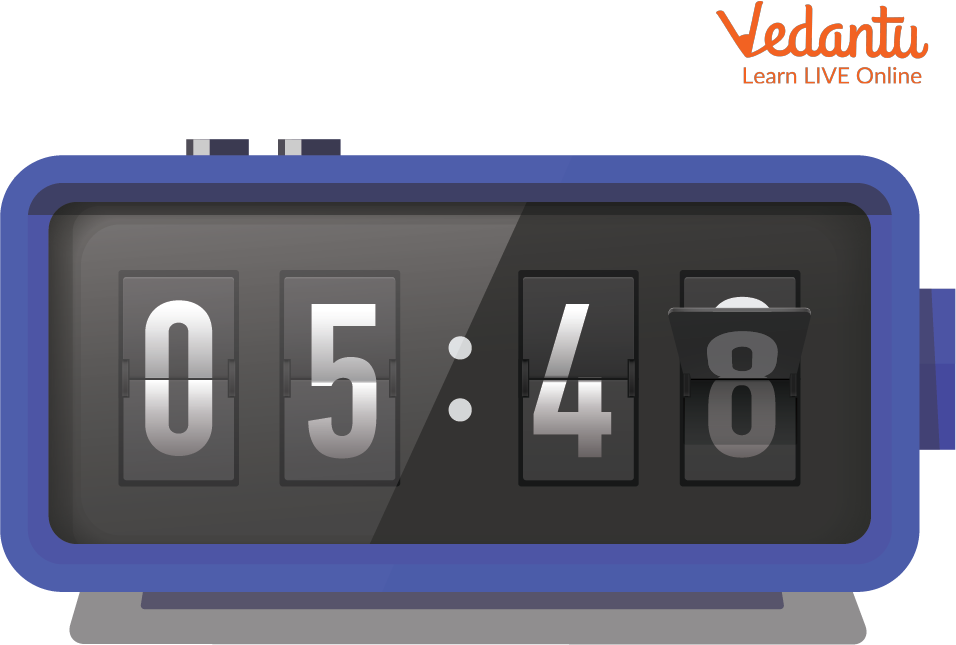
Digital Clock
Digital clocks are one of our society's most common pieces of technology. The electronic wristwatch has experienced major evolutionary changes and dozens of offshoots that include everything you could imagine cramming into a wristwatch.
Atomic Clocks
An atomic clock is a sophisticated time measuring instrument that can measure time at a very high degree of accuracy and precision. The typical accuracy of the atomic clock is an error of 1 second every 100 million years.
Summary
You have seen the wonderful journey of the clocks. So, one can divide the clocks based on when they were discovered:
1. Ancient Period instruments:
Obelisks
Sundials
Water clock
Graduate Candle clock
Hourglass
2. Mediaeval Period:
The Castle Clock of Al-Jazairi (12th century)
Ridhwan al-Sa'ati is noted for building a clock for Damascus' mosque.
Al-Kaysarani created the first clock of its sort, known as the striking clock, in about 1154.
3. Modern Period:
Mechanical clocks
Pendulum clocks
Atomic clocks
Wristwatches
Digital watches/ clocks
FAQs on Types of Clocks and Their Invention
1. Name the instruments used in ancient times that work only on sunny days and why.
Sundials and Obelisks all work in the presence of sunlight. The principle of working of these instruments depends on the position of the Sun. With the change in the position of the Sun, the position of the shadow changes, and the time can be noted. But on cloudy days or at night due to the absence of the Sun, these instruments can not work. This is the major drawback of these instruments. That’s why Sundials and Obelisks are not very reliable.
2. What is the basis for modern timekeeping?
Today, most of the globe follows a 365-day solar calendar, with a leap year every fourth year (except century years not evenly divisible by 400). The number 60 is used in modern clocks. The Sumerians utilised a base-10 counting system as well as a base-60 counting system around 3000 BCE. The timekeeping system inherited this pattern with 60 seconds per minute and 60 minutes per hour. The numbers ten and sixty combine to generate the concept of time.
3. Who invented the 24-hour time system?
The 24-hour time system was invented by Hipparchus, who worked between 147 and 127 B.C., proposed dividing the day into 24 equinoctial hours, based on the 12 hours of daylight and 12 hours of darkness observed on equinox days.





















